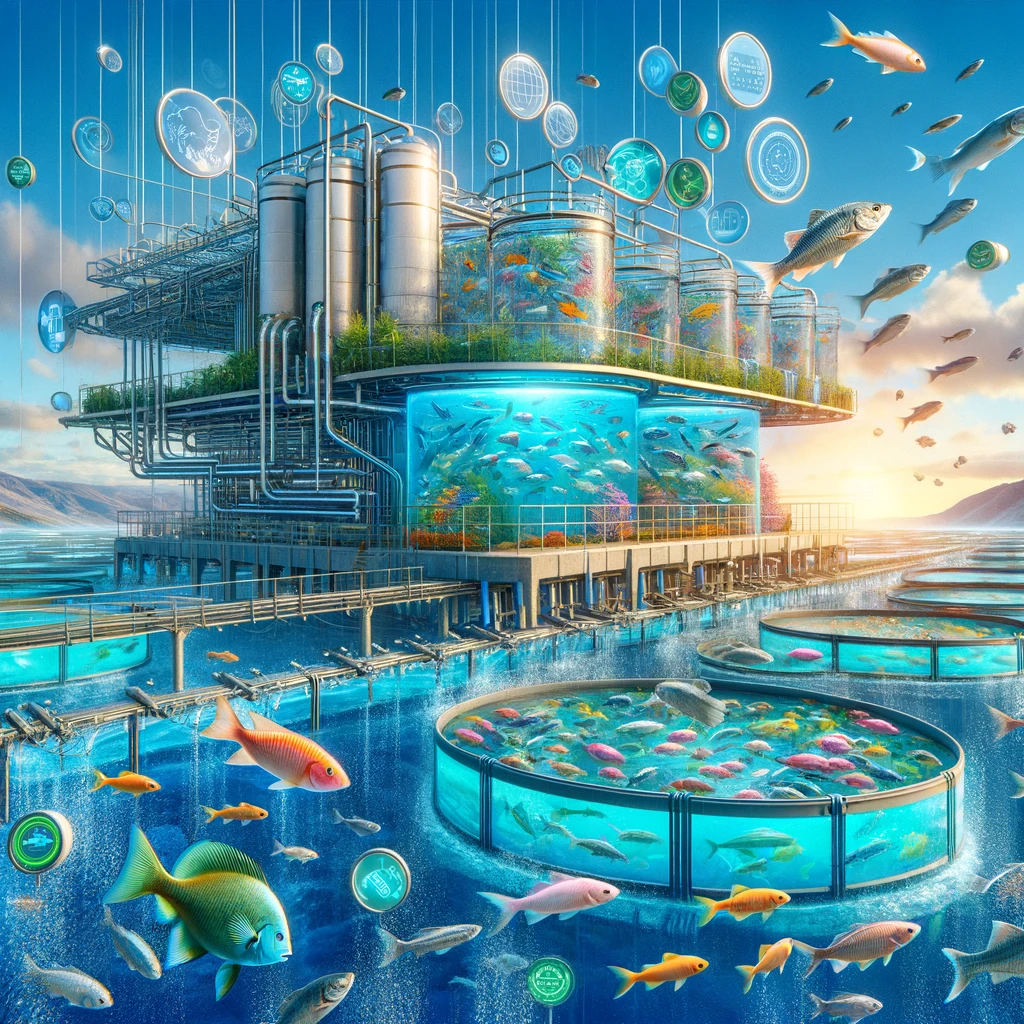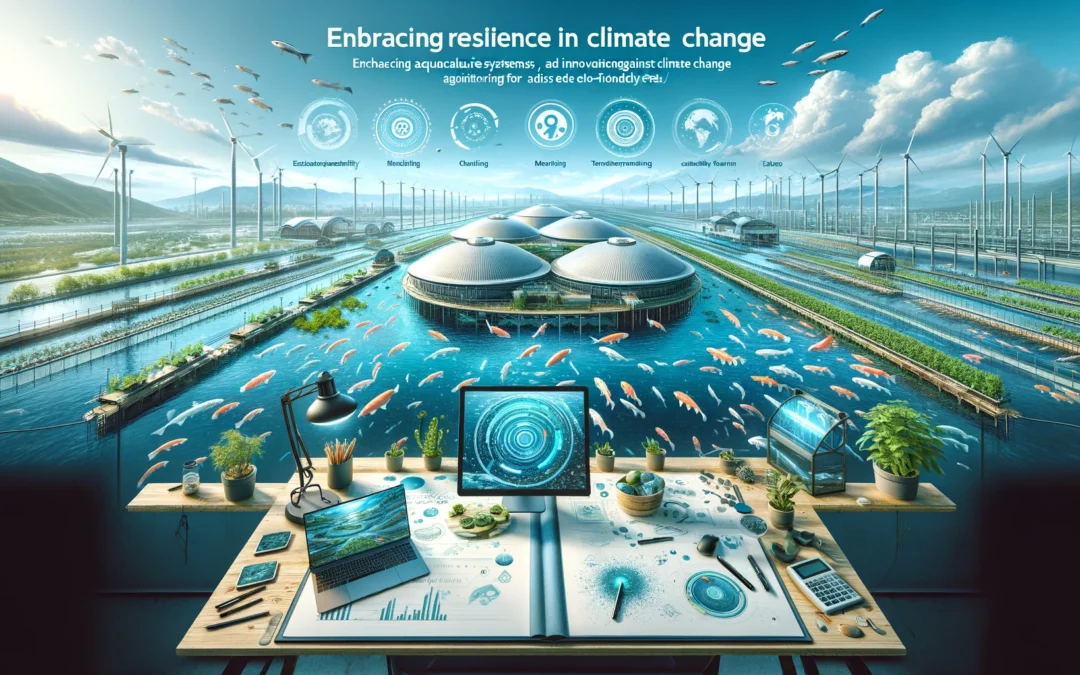Climate Resilience: In the face of climate change, the global aquaculture industry faces significant challenges, including fluctuating water temperatures, dwindling water sources, and the increased frequency of extreme weather events. However, with adversity comes opportunity. By implementing innovative strategies and leveraging technological advancements, fish farming operations can not only survive but thrive, ensuring sustainability and productivity for generations to come.
Embracing Innovative Aquaculture Systems
One of the cornerstone strategies for enhancing resilience is the adoption of innovative aquaculture systems, such as Recirculating Aquaculture Systems (RAS). These systems offer a controlled environment that significantly reduces the risk of disease outbreaks and thermal stress by allowing precise control over water quality parameters. This means that parameters like pH, dissolved oxygen levels, and temperature are meticulously managed, creating an optimal environment for fish growth. Moreover, RAS are champions of water efficiency, using and releasing less water, thereby safeguarding operations against the unpredictable nature of climate change.
The Right Choice of Fish Species
Another pivotal move towards resilience is selecting the right fish species. With climate change altering aquatic environments, it’s crucial to choose species that can withstand such shifts. Opting for resilient species with higher temperature tolerances and disease resistance can mitigate risks posed by rising water temperatures and evolving disease dynamics. Exploring alternative species like tilapia or barramundi, known for their robustness in warmer waters, could be a game-changer compared to traditional choices such as salmon or trout.
Sustainable Management Practices: The Path Forward
Sustainable management techniques stand as a bulwark against the challenges posed by climate change. By reducing feed waste, optimizing stocking densities, and maintaining healthy ecosystems within aquaculture facilities, operations can bolster their resilience. These practices not only enhance the environmental sustainability of fish farming but also improve the overall health and resilience of fish populations to environmental stressors.

Technological Advancements: A Beacon of Hope
Technology is the linchpin in the quest for climate resilience in aquaculture. Early warning and monitoring systems provide real-time data on environmental conditions, allowing for proactive measures against climate-induced threats. Furthermore, advancements in feed formulas and water treatment technologies are pivotal in maintaining optimal fish health and performance, even as environmental conditions change.
In Conclusion
As the aquaculture sector navigates the turbulent waters of climate change, the integration of sustainable management practices, species diversification, innovative system designs, and technological advancements emerges as the beacon of hope. Fish farming enterprises embracing these resilience-building techniques will not only pave the way for a sustainable and profitable future but also contribute significantly to global food security in the face of climate challenges.
Let’s not view climate change solely as a hurdle but as a catalyst for innovation and sustainability in aquaculture. By adopting these strategies, the aquaculture industry can ensure its resilience, sustainability, and productivity for years to come. For those interested in diving deeper into sustainable fish farming operations, exploring resources like EAT Community can provide valuable insights and guidance on thriving in the age of climate change.
Related Articles and Resources:
- Technological Advancements in Shrimp Aquaculture
- Taking the Plunge: Key Factors to Consider for Profitable Shrimp Farming
- Adapting Shrimp Farming to Climate Change: Strategies for Resilience and Sustainability
- Striking the Right Balance: Sustainable Shrimp Farming and Water Resource Management
- Early warning system



